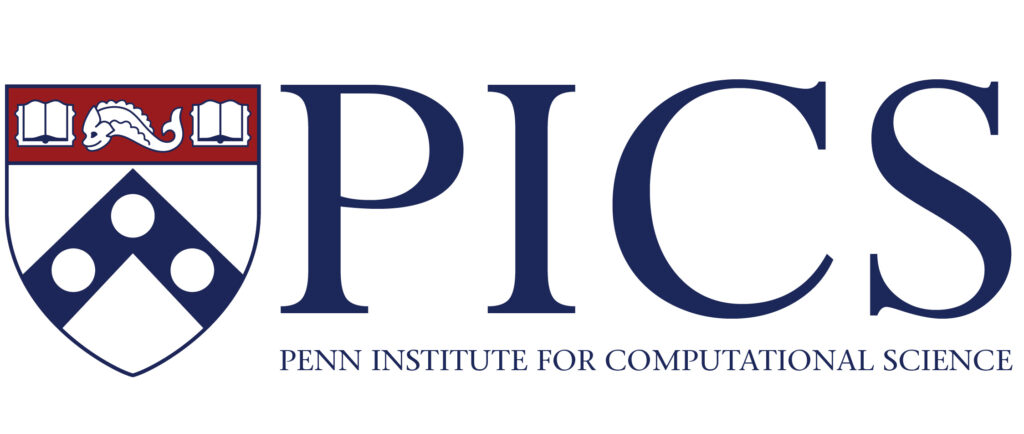On Friday, April 12th at 2 PM EST, PICS will host a colloquium with Richard Remsing, Assistant Professor of Chemistry and Chemical Biology at Rutgers University. This colloquium will be held in-person in PICS 534 with refreshments provided.
Title
Modeling Lone Pair Dynamics in Materials
Speaker
Richard Remsing, Assistant Professor of Chemistry and Chemical Biology at Rutgers University

Abstract
Materials properties are governed by the structure and dynamics of the bonds between their constituent atoms. In addition to covalent, metallic, and ionic interactions that we typically think about, lone pair electrons can result in non-trivial directional interactions in materials. I will discuss molecular interactions involving lone pairs in materials, focusing on results from molecular simulations of the electronic structure and dynamics of model halide perovskites and solid-state ionic conductors of interest for applications in energy science. After a brief discussion of lone pair-driven interactions in materials, I will present recent results predicting the existence of electronic plastic crystals, crystalline solids that exhibit dynamic rotational disorder of lone pairs. We predict that electronic plastic crystals are found in a wide range of molecular and ionic materials, including halide perovskites, where we anticipate that dynamic lone pair disorder plays an important role in photophysical processes. I will then present recent results from our ongoing investigations into electron pair dynamics in solid-state electrolytes for energy storage applications. We predict that rotational motion of electron pairs is coupled to translational dynamics of conducting ions, forming electronic paddle-wheels in solid-state electrolytes. Finally, I will discuss our ongoing efforts to reach the length and time scales necessary to model electrochemical processes in these and related systems by developing machine learning-based models that simultaneously describe electronic effects and coupling to long-range electrostatic fields. By focusing on the correct physics, the resulting models are partially transferable and can describe electronic and nuclear response to external fields. I will then demonstrate the accuracy and transferability of this neural network approach – the self-consistent field neural network (SCFNN) – on model aqueous systems before closing with a discussion of implications of our results for the development of machine learning models.
Bio
Rick Remsing is an Assistant Professor in the Department of Chemistry and Chemical Biology at Rutgers University. He received his B.S. in Chemistry from the University of the Sciences in Philadelphia and his Ph.D. in Chemical Physics from the University of Maryland, working with Prof. John Weeks. He then worked as a postdoctoral associate at the University of Pennsylvania with Prof. Amish Patel and Temple University with Prof. Mike Klein before joining Rutgers. Rick’s research interests (remsinglab.com) include the theory and simulation of molecular systems relevant to renewable and sustainable energy, geochemistry, astrobiology, and materials science.
